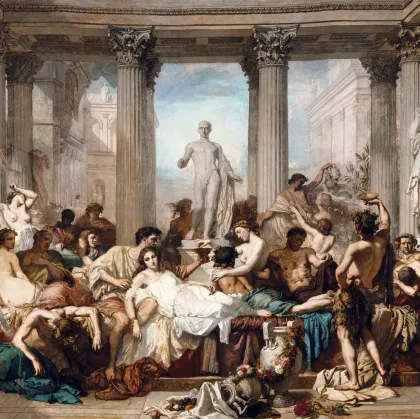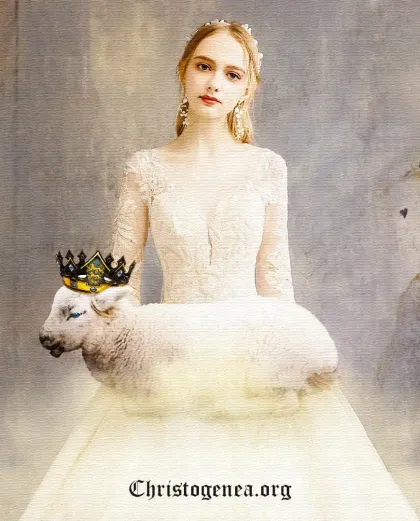On the Revelation of Yahshua Christ, Part 10: The Assurance of God

On the Revelation of Yahshua Christ, Part 10: The Assurance of God
Discussing the so-called Four Horsemen of the Apocalypse in relation to The Pattern of Empires in Revelation chapter 6, we sought to reconcile them to the apparent stages of the rise and fall of the Roman empire, since even though other empires certainly seem to have followed the same general pattern, Rome is the primary subject of the prophecy in these chapters of the Revelation. Now before we commence with our commentary on the Revelation itself, we shall take a moment to review Daniel chapter 2, as it is directly relevant to Revelation chapters 6 and 8. As we had also cited in that last presentation, this same observation was made by the 2nd century Christian bishop Irenaeus.
But first we must offer another digression. In our observance of the pattern of empires we noted that the various stages actually overlap one another. Rome’s White Horse stage began to take form when the city warred against the other tribes of the Italian peninsula and subjected them to itself. Then it turned to the nations abroad and began to subject them as well. Initially this expansion of the empire was conducted under the pretense of good intentions, especially as the bickering Greek states invited Rome to settle their disputes with one another. This White Horse seems to parallel the original expansion of the United States, when the contiguous territory on the North American continent was subjected up through the mid-19th century.











 Please click here for our mailing list sign-up page.
Please click here for our mailing list sign-up page.








Recent comments